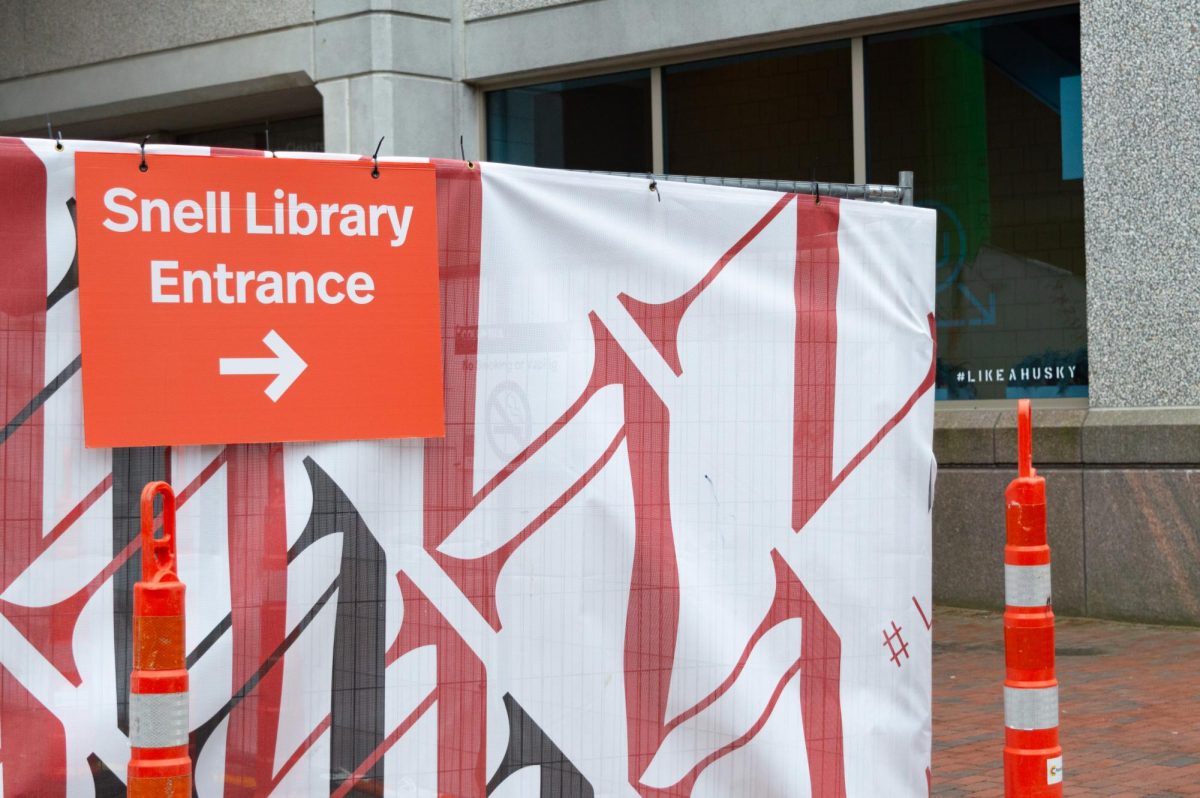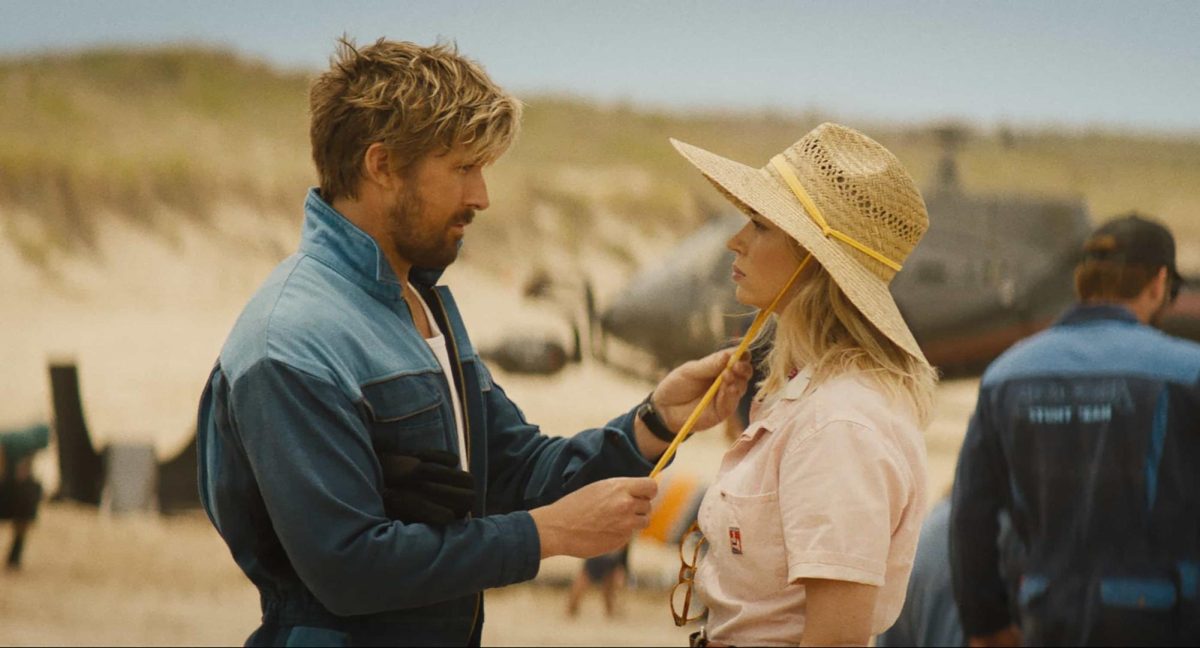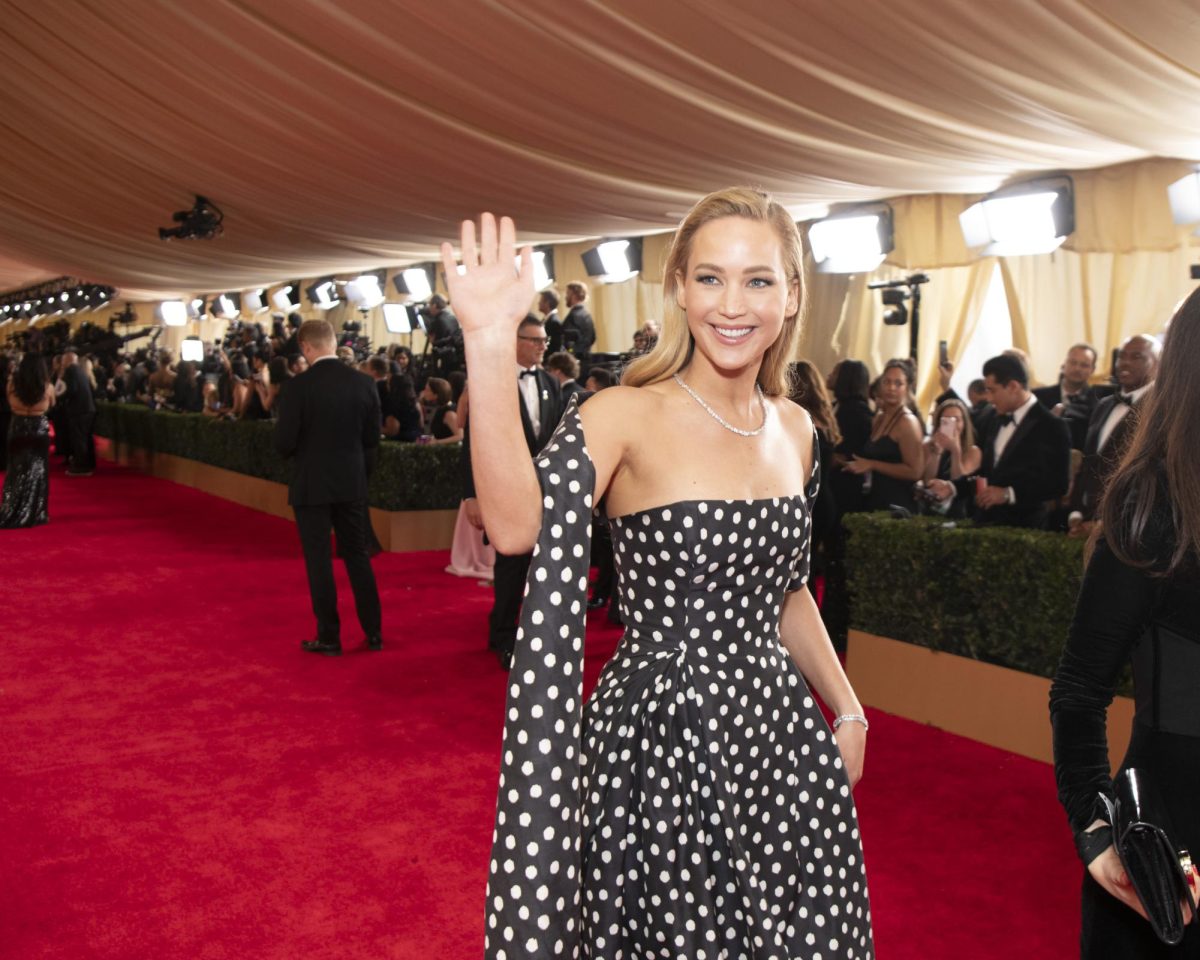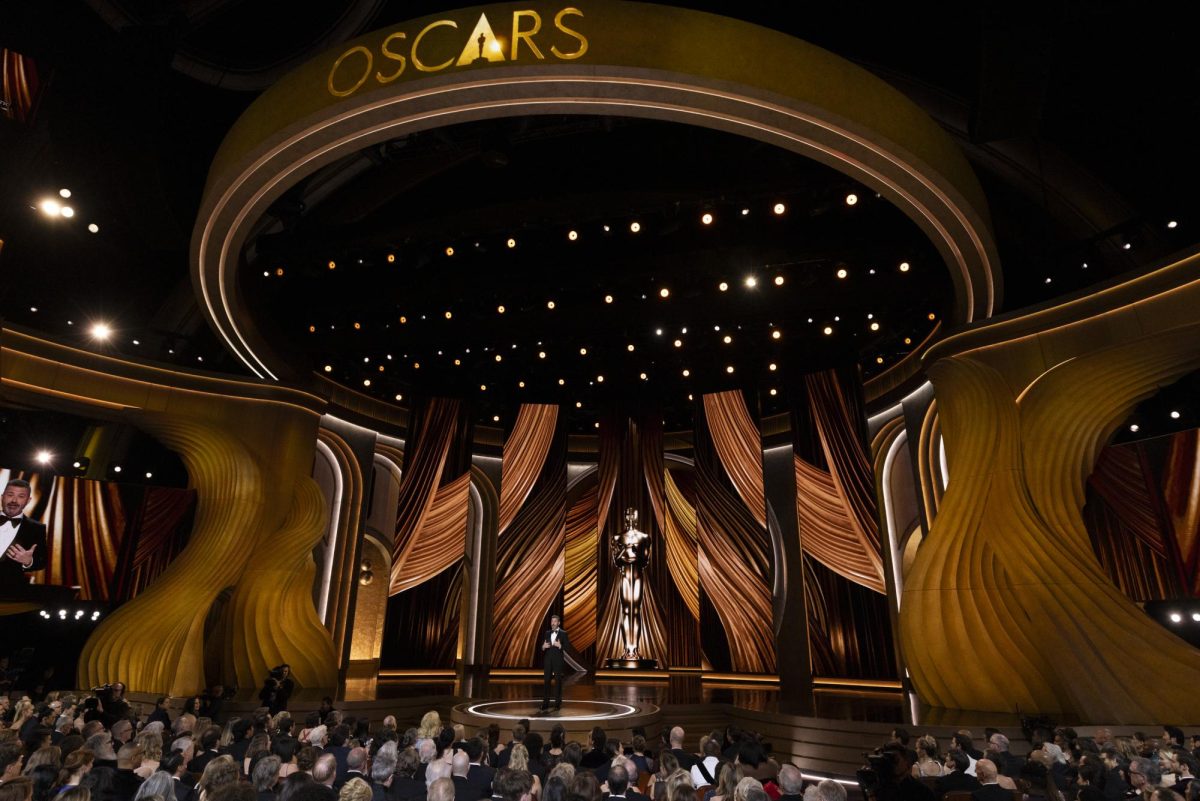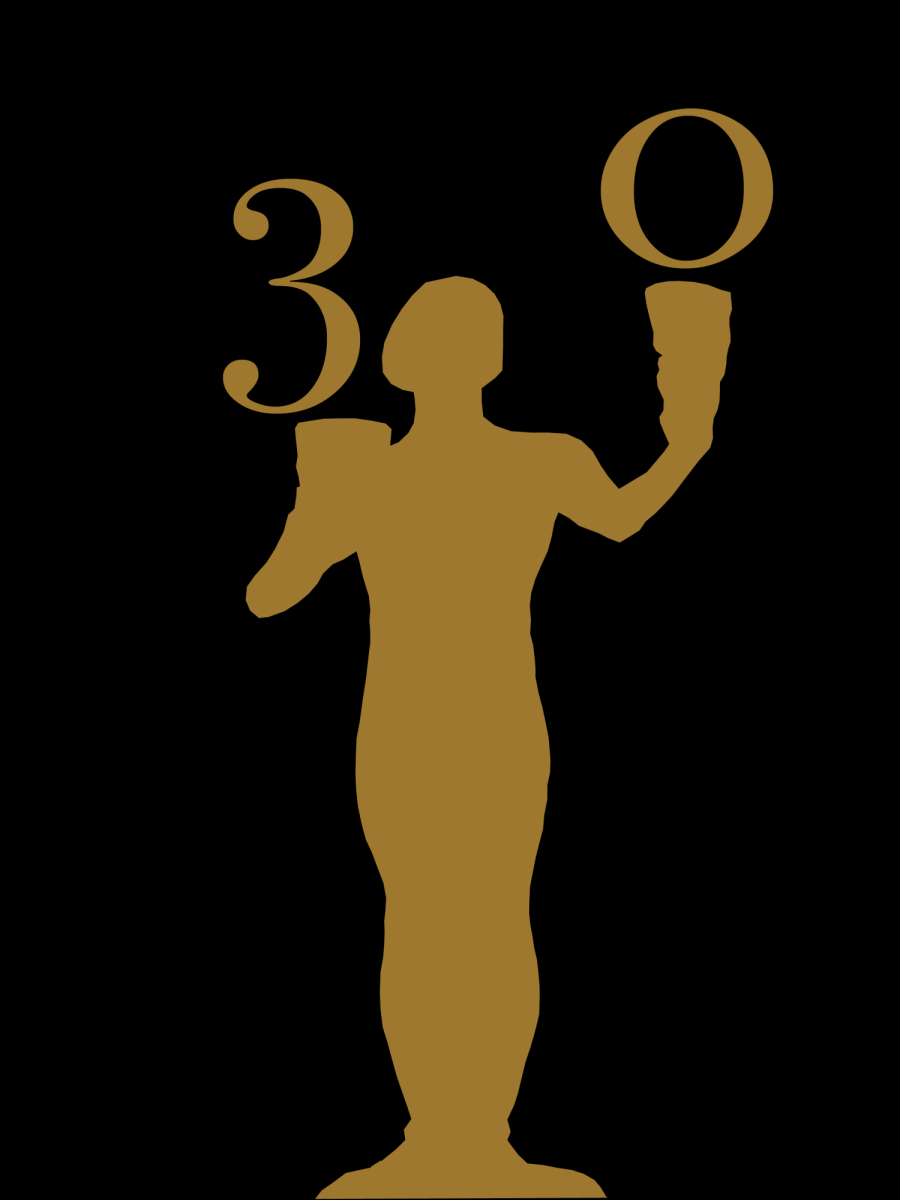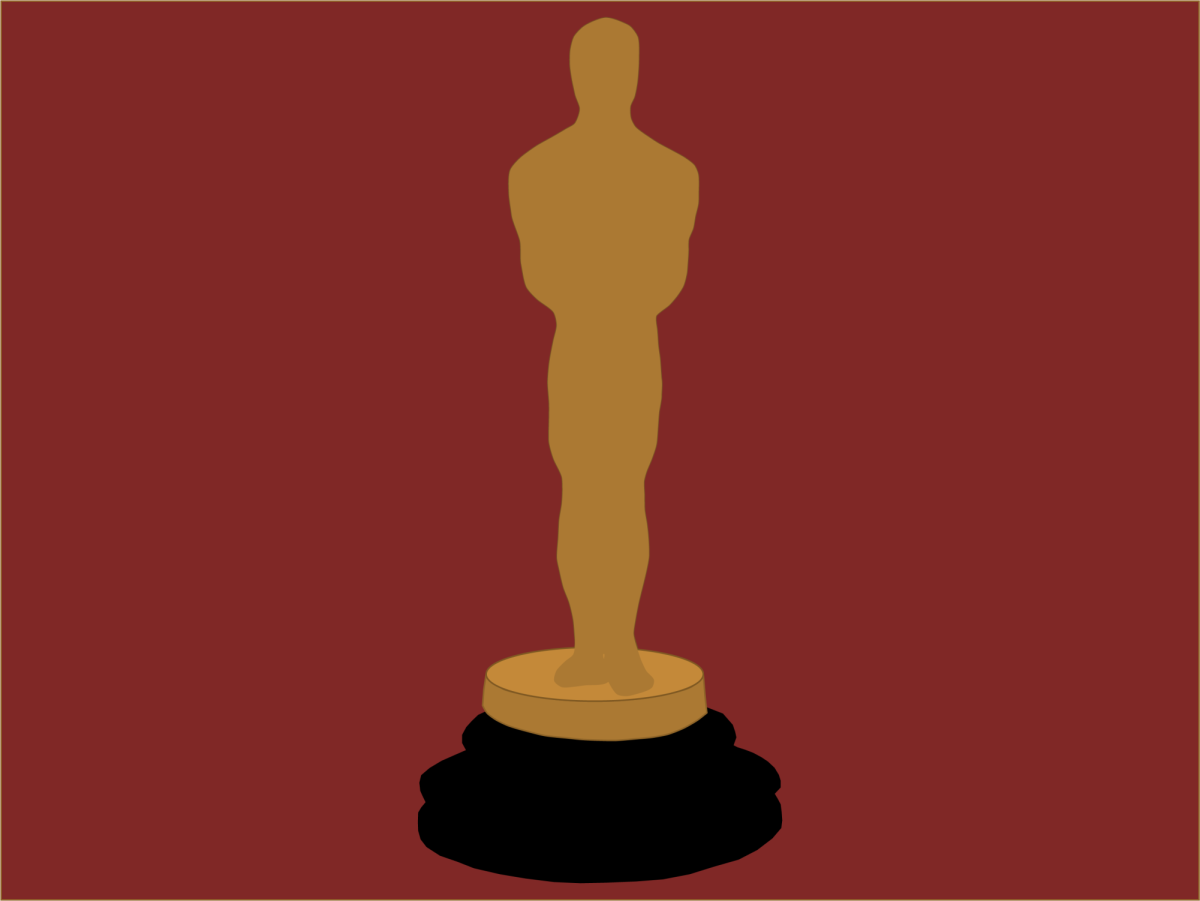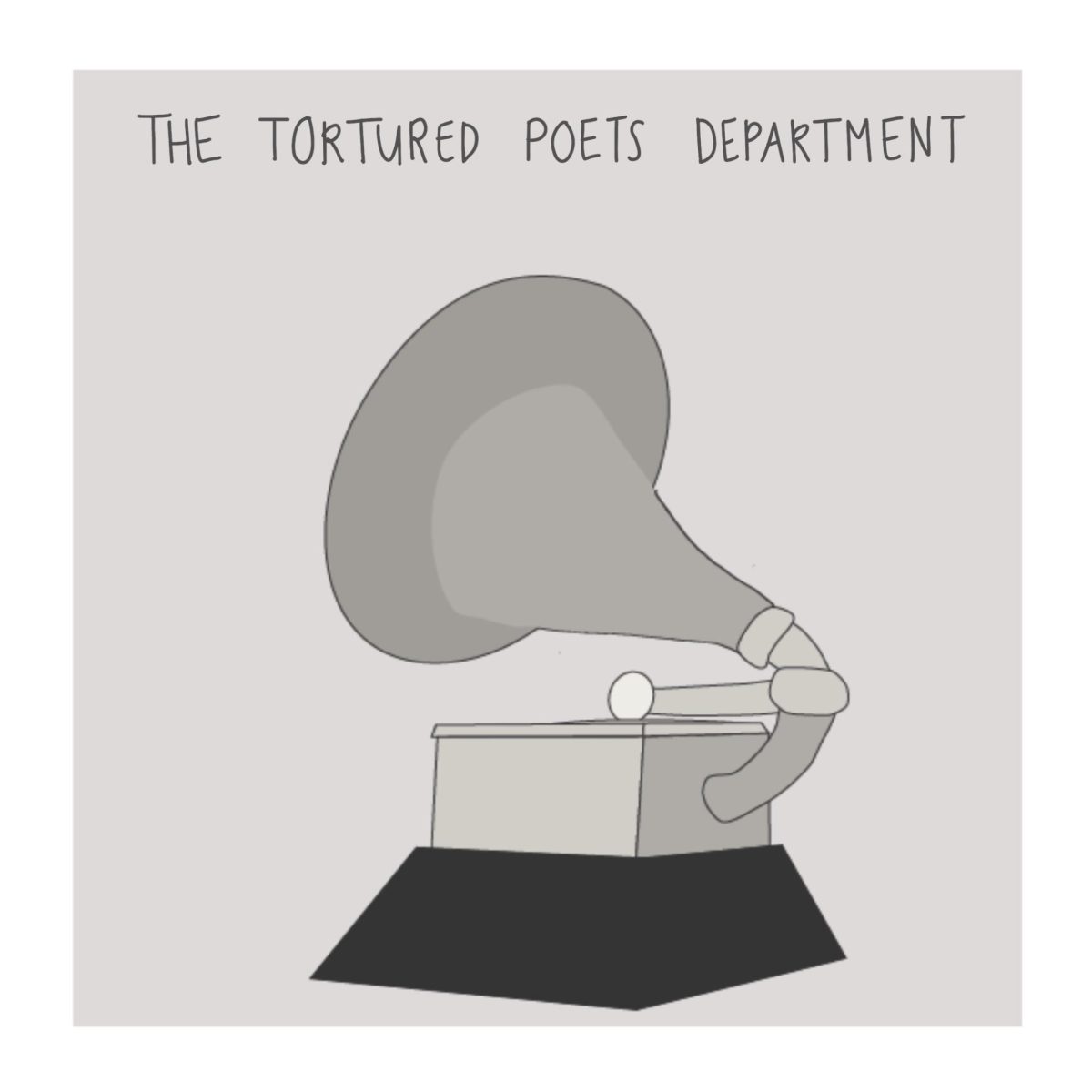Demonic chaos depicted through the lens of a 1970s late-night talk show is probably not a horror film plot you’ve seen before.
But that’s what you get with “Late Night with the Devil,” which combines footage from the 1977 Halloween episode of the variety show “Night Owls with Jack Delroy” with black-and-white behind-the-scenes clips of the spooky night that the nation only saw at a distance on TV.
Controversy about this uniquely-told story only recently stirred when it was revealed that the 2023 film, directed by Cameron and Colin Cairnes, used artificial intelligence to create art for some sequences. The art consisted of three still image transition slides emulating “We’ll be right back” network messages.
In a statement acknowledging their use of AI, the Cairnes siblings said: “In conjunction with our amazing graphics and production design team, all of whom worked tirelessly to give this film the ’70s aesthetic we had always imagined, we experimented with AI for three still images which we edited further and ultimately appear as very brief interstitials in the film.”
Despite this transparent statement, there has been a considerable amount of commotion on social platforms around the action, and what implications it has for the future.
The conversation seemed to begin with a one-star Letterboxd review from user “based gizmo” March 19, who wrote, “Listen. There’s AI all over this … Don’t let this be the start of accepting this shit in your entertainment.”
Film journalists like Matt Bellissimo have also been expressing concerns regarding the use of AI to generate graphics for film productions, according to Forbes.
Although AI can promote new creative possibilities, there are ethical and financial implications of using the generated images in film. Additionally, this shortcut can quickly get out of hand, which Bellissimo briefly mentions.
“The big deal is that it always starts with small images and TV show intros to cut corners and undercut artists,” Bellissimo wrote on X, formerly known as Twitter.
The use of AI in “Late Night with the Devil” is only the latest in media productions using AI-generated imagery. Marvel’s “Secret Invasion” from 2023 used AI to generate its opening credits.
With the ever-evolving landscape of cinema, this is an inevitable progression that society needs to be educated on and prepared for.
Ethically, traditional artists may feel that their craft is being undermined or devalued by AI art. For instance, musical artists like Bon Jovi, Billie Eilish, Katy Perry, Nicki Minaj, Noah Kahan and more than 100 others have signed a letter calling on the developers of AI technologies to stop “infring[ing] upon and devalu[ing] the rights of human artists” by using AI to replace their work.
The time and creativity put into their work will be less respected with the normalization of AI art use.
A man named Jason M. Allen entered the Colorado State Fair with AI generated art, and promptly won his division along with a $300 prize. Because of situations like these, many talented and original artists are “understandably nervous about their own futures — why would anyone pay for art, they wonder, when they could generate it themselves?” New York Times technology columnist Kevin Roose wrote in 2022.
Society will also directly see this when companies move away from hiring artists to complete specific tasks, jeopardizing their financial stability, like most professions have already struggled with.
Additionally, AI art in film lacks the emotional depth and personal touch that art created by humans tends to possess. A large reason many go to the movies is to connect with a story, but if this depth and touch are not present, it will affect the impact of the film on the viewer. A creation devoid of real human input cannot truly spark feelings and resonate with audiences on another level.
Moreover, humans created AI in the first place, so the tool inherently holds bias toward certain demographics. Ethically, a tool that has bias should not be used anywhere near films for the larger public. Even if it was not a problem in “Late Night with the Devil,” it has the potential to become a long-term problem in the future of the industry.
It is also difficult to distinguish who owns AI-generated art. Since AI creates the art, the programs technically own it, but who really owns the rights to reproduce or modify it in a film setting?
A recent Wall Street Journal article explores this question. Reporters Jessica Toonkel and Sarah Krouse write, “If a user prompts an AI tool to build a new character influenced by say, SpongeBob, should the original creators have to grant permission?”
There is further investment into AI technology that needs to be done, which could produce significant costs. If AI is used in film, it shouldn’t just be the free-to-all ChatGPT every college student is familiar with. To leverage the revolutionary concept of AI fully, companies need to invest in expensive technology, which is typically a steeper price than it would be to pay the workers AI would replace.
Boycotting films like “Late Night with the Devil” as the correct next step has been raised, but the majority of the public believe boycotting isn’t going to “accomplish anything,” in line with what film critic and distributor Justin LaLiberty said on X. Although the passion is great to show, LaLiberty believes that “those changes come elsewhere” in practice.
And controversy over new art-making technologies is nothing new. Humans once argued about the invention of the camera, which Charles Baudelaire, a 19th-century French poet and art critic, called photography “art’s most mortal enemy.” And in the 20th century, digital editing tools society now uses without a second thought faced controversy.
The continued use of AI art in film, combined with the recent writer strike in Hollywood, provides a constantly evolving, multi-layered environment in the film industry, but its use presents challenges and requires careful consideration of ethical and financial implications before directors call “Cut!”



